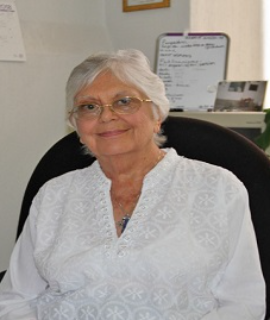Abstract:
Neurohabilitation is a therapeutic treatment procedure described by Ferenc Katona, that is characterized by the “elementary neuromotor patterns”. These early integrated complex movements are chains of processes in which the neck, trunk and extremities perform complex and continual movements in certain repetitive patterns. These movements are controlled by the developing subcortical structures and can be activated by determined positions of the head and the body that triggers the activation of the vestibular nuclei and their projections to the spinal cord, the reticular formation, thalamus, cerebellum, basal ganglia and motor cortex. A therapeutic program consists of training of a series of neuromotor patterns each day for a certain time. The generation of these movements repeated several times produce brain engrams that improve motor development. A sample of 282 infants with perinatal brain injury and with different weeks of gestation were studied. All infants had several prenatal and perinatal risk factors for brain damage. In all cases MRI was acquired at the beginning of treatment and 85% of the patients showed white and gray matter injury. Psychomotor development was evaluated with Bayley II tests up to 3 years old and WIPPSI and WISC were used according to the age of the child. Abnormal outcomes according gestational age were observed in 17% of extreme preterm infants, 18 % of very preterm infants, 11% of moderate preterm infants, 16% of late preterm infants and 5% of term infants. These results led us to the conclusion that the application of this therapy to infants of two to three months of age during a period of 36 months has been shown to be very beneficial. Acknowledgements: This work was partially supported by Project 4971 of CONACyT and IN200917 of PAPIIT DGAPA UNAM. Authors want to express their gratitude to engineers Héctor Belmont-Tamayo, Paulina Alvarez García, Saulo Hernández Sánchez and Carlos Sair Flores-Bautista, PhD Yuria Cruz-Alanis, PhD ME Mónica Carlier, PhD Lourdes Cubero-Rego, Nurse Alejandra Arenas Tecuapetla, psychologist Lourdes Lara Ayala, Ms Elsa Olivia Ruiz Martínez and Ms Teresa Alvarez Vázquez for their contribution to this work.




